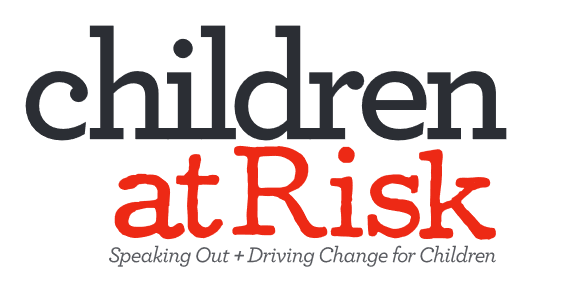
CHCPRT001 Assessment Answers, Assignment and Scenarios Answers, and Summative Assessment.
CHCPRT001 assessment answers, assignment answers, scenarios answers and summative assessment answers are available with Australian assignment help experts. They are highly competent in providing most relevant answers related to CHCPRT001 identify and respond to children and young people at risk. Get CHCPRT001 summative assessment 1 answers, CHCPRT001 summative assessment 2 answers from the best care expert of Australian assignment help. They have successfully completed this unit on their own and are competent enough in providing best support to all the students seeking for CHCPRT001 assessment answers.
Get assistance from law assignment experts of Australian Assignment Help in relation to all legal implication regarding child protection and safety.
CHCPRT001 Identify and Respond to Children and Young People at Risk Assessment Answer
CHCPRT001 is concerned with identify and respond to children and young people at risk. The main focus of this unit is therefore on identifying the children who are at risk of harm. The unit therefore emphasizes on skills and knowledge required in order to support and protect children and young people from any kind of risk. Responding to a child at risk is important and one of the important way in which it can be achieved is by way of being calm and listening carefully and non judgmentally. It is important to allow the child to speak up their stories freely and in their own way. The child need to be acknowledged properly about the importance and difficulty in disclosing the matter and complete reassurance is also essential about the steps and initiatives undertaken by them. The unit also emphasizes on workers that are responsible for providing care services to children and young people, as they are responsible for implementing work practices that support the protection of children and young people. CHCPRT001 is therefore concerned with protection of child and young people by way of undertaking initiatives in the form of implementing work practices that support children protection, reporting any possibilities of risk and making use of ethical and nurturing practices in order to facilitate better safety among children.
Important Elements of CHCPRT001 Assessment Unit
In order to achieve competence in CHCPRT001 assessment unit, there are certain key performance indicators that need to be achieved competently. The important performance indicators are discussed as follows:
1) Implement work practices which support the protection of children and young people: It important for the learned to be competent in implementing work practices that result into proper support to the children and young people at risk. They must be able to identify children and young people at risk of abuse and neglect and should be able to utilise Child Protection procedures where necessary. It is important to respond to signs and symptoms in accordance with state legislative responsibility. They must be able to routinely employees child focused work practices and employee communication and information gathering techniques with children to ensure effective decisions and actions taken for their protection.
2) Report indications of possible risk of harm: It is important for the care workers to be able to report indications of possible risk of harm within children. They must be able to accurately record specific and general circumstances leading to risk of harm, promptly record and report risk of harm indicators, and must be able to work collaboratively with others in order to achieve maximum effectiveness in providing care to children.
3) Apply ethical and nurturing practices in work with children and young people: A care worker must also be able to apply ethical and nurturing practices in order to facilitate safe working environment to children. They must be competent enough in order to protect the rights of children and young people, identify and supervise support for issues in relation to ethics within children and young people, and employ ethical and nurturing practices when working with children.

